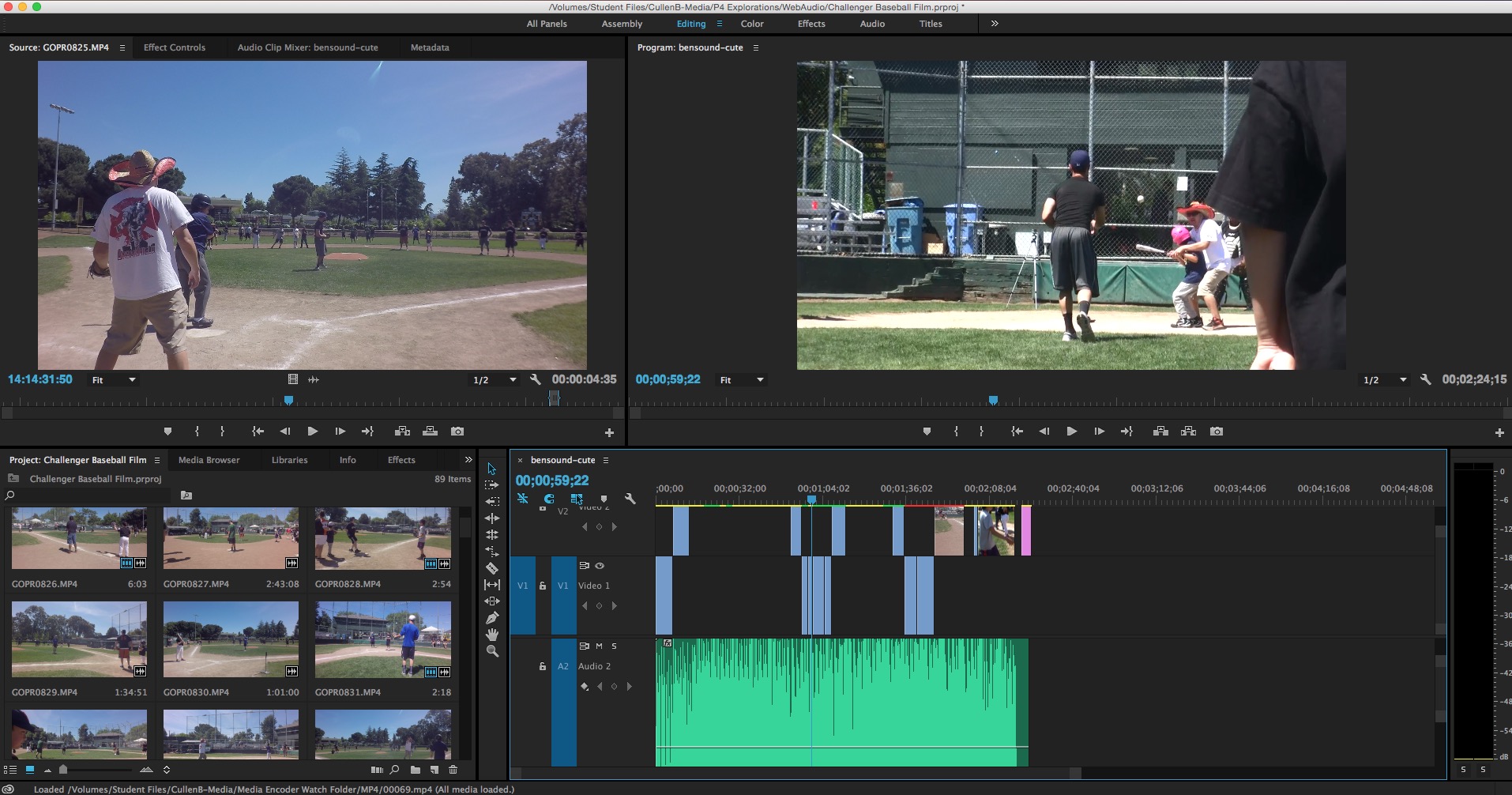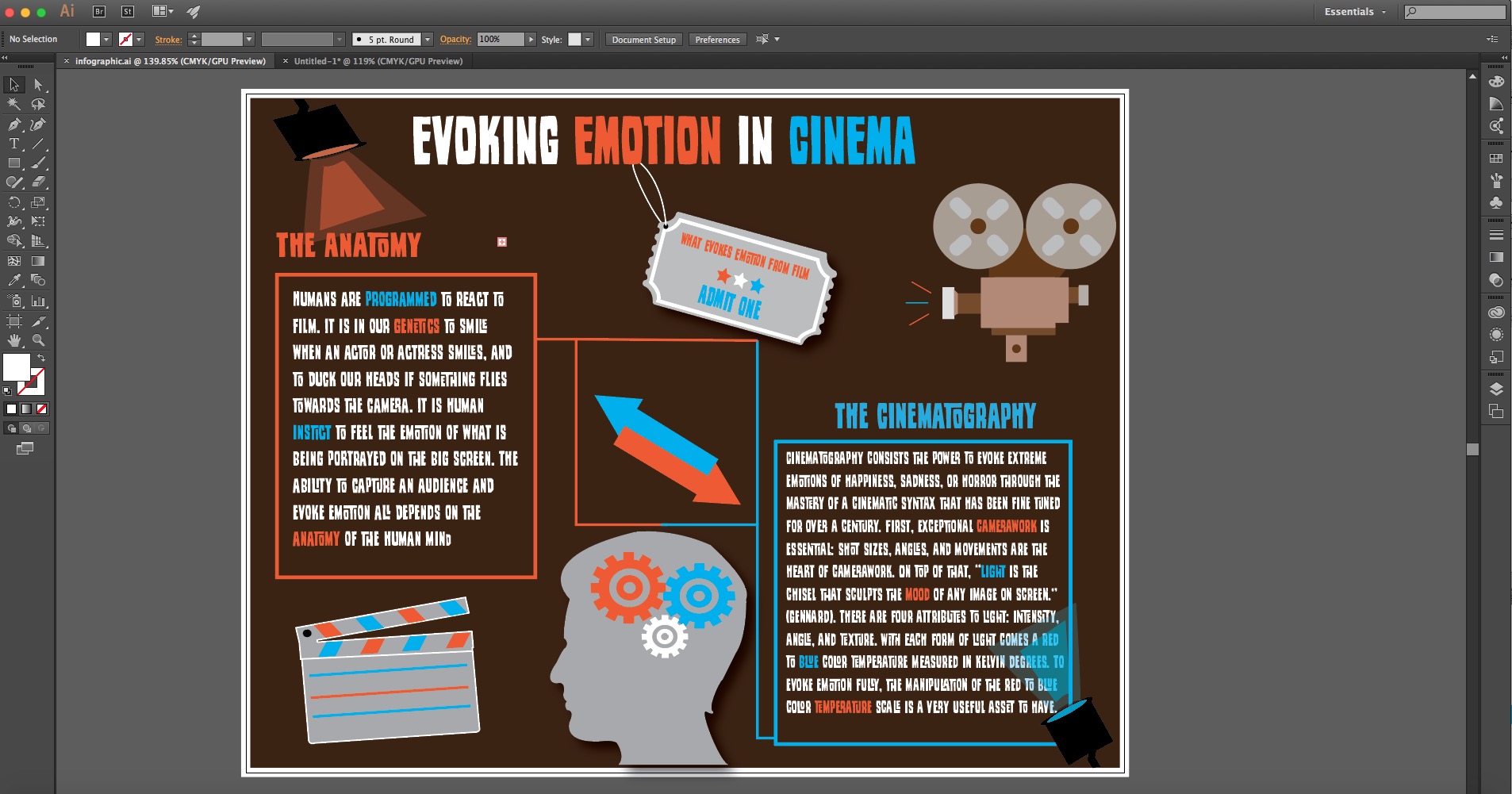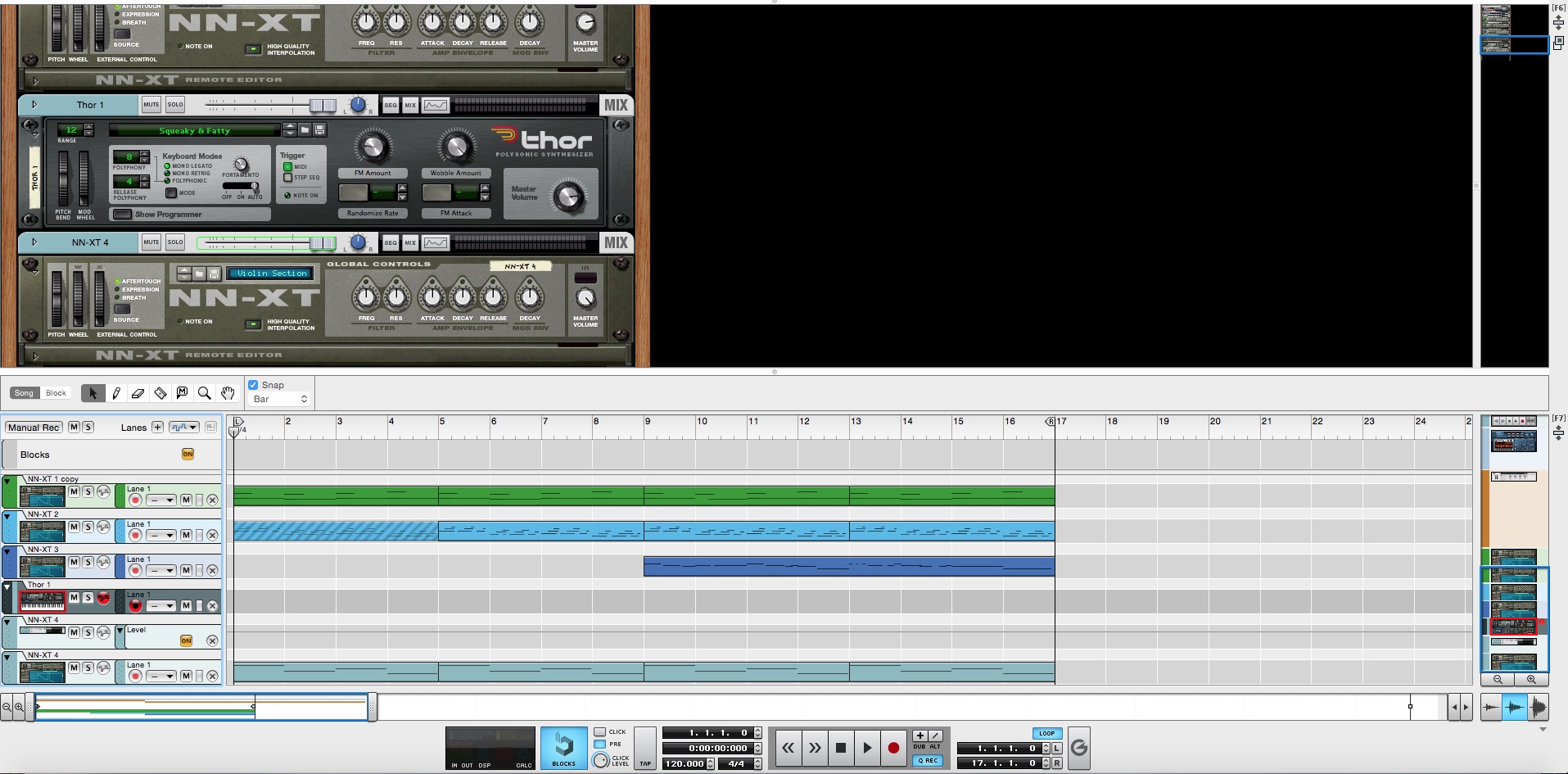To cap off an amazing year at Freestyle Academy, we were assigned an "Explorations" unit. In this unit, we could take any topic we wanted and simply dive into it and create a coherent project. I am centered around the ability to evoke emotion in literature, so I really wanted to explore how to evoke emotion through film. I truly enjoy film and I'm entering the film class next year at Freestyle, so I wanted to get a head start on learning the dynamic of film.
Shooting and editing my first work of film was a fantastic experience. The way the project just came together was truly a surprise to me, and I learned a lot from this project. I learned how to use Premiere, match up audio to video, operate a video camera, and export MP4 files. Welcome to my Explorations website!


 Humans are
Humans are 
 We were assigned to compose a song using the program "Reason" based on what we were instructed on for the previous couple weeks. I went through a couple different songs, and here's one with a bit of a mash up of some of them and also I wanted to explore putting dialogue into Reason.
We were assigned to compose a song using the program "Reason" based on what we were instructed on for the previous couple weeks. I went through a couple different songs, and here's one with a bit of a mash up of some of them and also I wanted to explore putting dialogue into Reason.